When you make purchases through links on this site, The Track Ahead may earn an affiliate commission. Also, these posts are based off my own experiences. I am not responsible for any action you take as a result of reading this. Learn More
4th Gen Toyota 4Runner Shocks and Springs
I purchased my 2003 Toyota 4Runner 5 years ago and have been driving on its stock suspension since. After seeing tons of lifted 4Runners online, I finally made the plunge. A lifted 4Runner provides a really nice looking stance; many say this is how the car should have come from the factory.
I didn’t want to just lift the 4Runner just for the sake of looks alone. If I were to have the suspension upgraded, I would patiently wait until I felt the shocks and struts were in need of replacement.
My car has really been through a lot; I’ve used it to haul furniture, dirt, concrete—you name it. The 4Runner could probably go on for many years with the same suspension, but I felt it was getting incredibly soft. I decided after 5 years of driving on the same stock suspension, it was time for a change.
Which Lift Configuration To Go With?
I debated on whether I’d want to go for a full 3″ lift, but there were a few things that kept me from going that route. First, I was worried it might make the car too high for my family to get in and out of, so I thought a more mild lift would be a better choice. The other issue had to do with the possibility of having to replace other parts: upper control arms (might need aftermarket UCA’s due to the caster being out-of-alignment), brake lines (they could stretch from the increased height), and sway bar relocates (due to possible contact between front coils and front sway bar).
To avoid these issues, I decided to go with a smaller lift that would raise my vehicle about 2″ all around. This would require the Bilstein 5100 shocks with the front adjustable shocks set to 0.85″, and FJ Cruiser OEM springs all around. This setup eliminates the factory rake (front end of car lower than the back end) and most closely evens out the final rake of the vehicle.
*If you’re interested in how a 3″ lift kit looks or you want to know how to do it yourself, I ended up doing the full 3 in. lift kit (rear coil springs, front shocks and springs). Since I already had the Bilstein 5100’s, I ended up replacing the coil springs in the front and rear.
FJ Cruiser springs are a tad stiffer than the 4th gen 4Runner springs. I also like the fact that they are OEM parts. The thing I did not like was the fact that they were difficult to procure. They are difficult to find on forums as people will snatch them up the moment they are for sale. New OEM springs are pretty expensive.
Since I couldn’t find any used FJ springs, I shelled out some money to pay for the new springs. This just gave me reassurance that I wouldn’t be getting some used springs that I could not verify the mileage of.
These are the parts that I purchased:
Front Bilstein 5100 Ride-Height Adjustable Shocks (Part #24-239370) – Qty 2
Rear Bilstein 5100 Shocks (Part #33-187174) – Qty 2
Full set of Bilstein 5100 front & rear shocks on: Amazon.com
Search Results for Bilstein 5100 front & rear shocks on: eBay.com
FJ Cruiser OEM Springs
Front Left Spring (Part #48131-35551) – Qty 1
Front Right Spring (Part #48131-35541) – Qty 1
Rear Springs (Part #48231-35321) – Qty 2
Moog Front Strut Mounts – Qty 2
For miscellaneous parts, I did research to see if I should use aftermarket parts in place of OEM parts. In the case of the strut mounts, I came to the conclusion that Moog strut mount assemblies were adequate. I purchased these off RockAuto.com, which is an excellent and well-priced solution for these types of products.
OEM Re-boot Kits (Part #: 04427-60141) – Qty 2
I noticed that my 4Runner had some torn CV boots. I explored the option of replacing the entire axle shaft (half shaft), but the OEM option was incredibly pricey. Aftermarket axle shafts were more affordable, but I could not find a universally recommended one. What scared me was the fact that all aftermarket axle shafts available for this vehicle, had some horror story of it snapping off while they were driving on it.
OEM re-boot kit on eBay.com
Because I could see that the boot had not been torn for an extended period of time, I thought it would be cost-effective to buy an OEM re-boot kit and have my mechanic remove the old boot and grease, clean it all up, and re-grease and re-boot the axle shaft. If a lot of dirt had gotten into the boot causing grittiness within the axle shaft, I would have shelled out the money to replace the half shafts with OEM ones instead. I was lucky in this case.
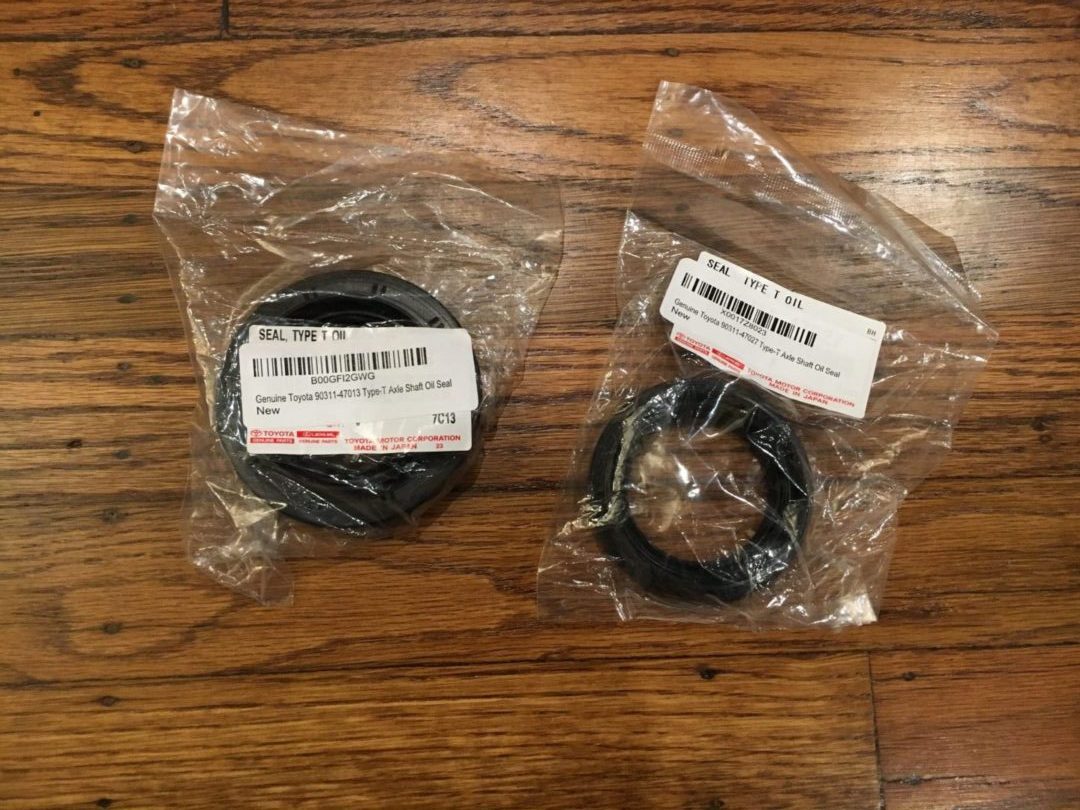
Axle Shaft Oil Seal – Passenger Side (OEM Part #90311-47013) – Qty 1
Purchase on Amazon.com: Genuine Toyota 90311-47013 Type-T Axle Shaft Oil Seal
Search results on eBay.com
Axle Shaft Oil Seal – Driver Side (OEM Part #90311-47027) – Qty 1
Purchase on Amazon.com: Genuine Toyota 90311-47027 Type-T Axle Shaft Oil Seal
Search results on eBay.com
Because the half shafts were going to be taken out of the vehicle, I figured why not replace the axle shaft oil seals on each side. For the additional cost of these seals, it gives me comfort knowing that I won’t have to worry about it leaking in the future, and in-turn having to remove both sides’ axle shafts in order to get to them.
All of the new parts ready to go in!
Stock Parts Removed
Here are the removed axle shaft oil seals. They still look like they are in decent shape, but it’s better to get these taken care of while they are already accessible.
Over 200 thousand miles on these stock 4Runner shocks and springs.
Before: Stock Ride Height
After: Lifted on FJ Springs & 5100 Bilstein Shocks (Front Shocks Set at 0.85″)
Lift Height Comparison
When trying to decide what exact lift height I wanted on my 4Runner, I scoured the web for photos of different configurations and what they looked like. I hope this comparison helps those who are looking at comparing what different setups look like. Below are the following lifts:
Left: Stock shocks & stock springs
Center: FJ Cruiser springs and Bilstein 5100 shocks all around – 0.00″ height setting on front shocks
Right: FJ Cruiser springs and Bilstein 5100 shocks all around – 0.85″ height setting on front shocks
Eventually, I wanted a higher lift, so I went with a 3″ Toytec Lift Kit. Since I already had Bilstein 5100’s on my car, I decided to install the additional springs for the full kit. More info available here:
Front Shocks & Coil Springs Replacement
Rear Coil Springs Replacement

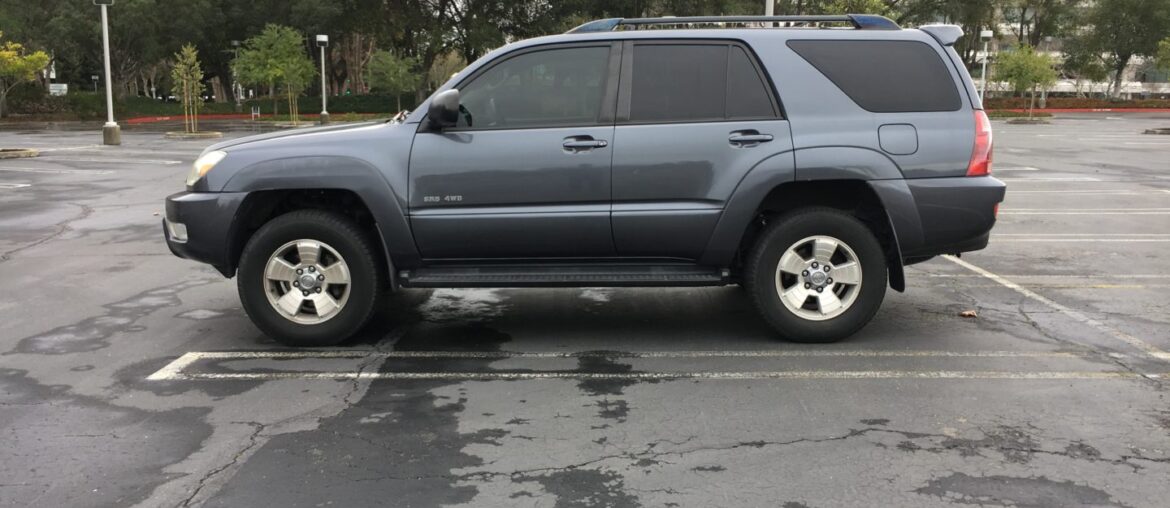
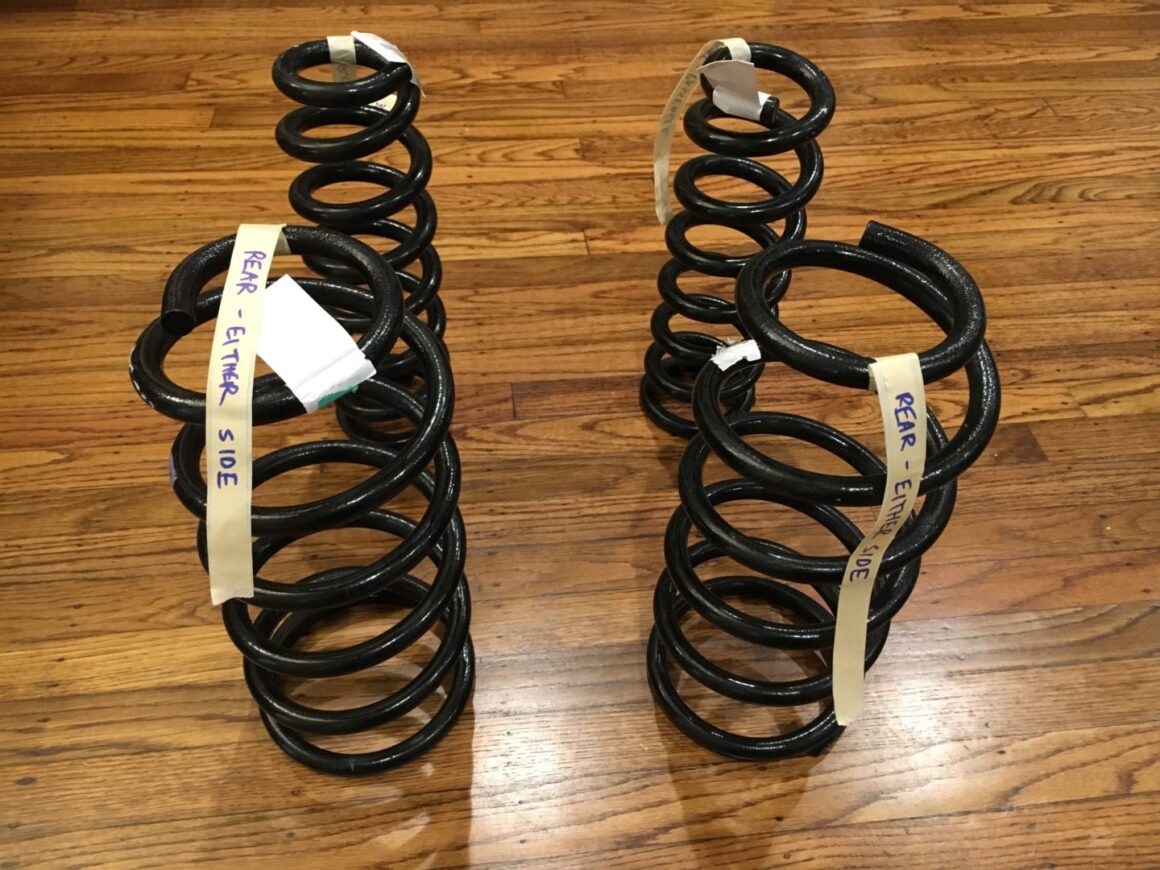
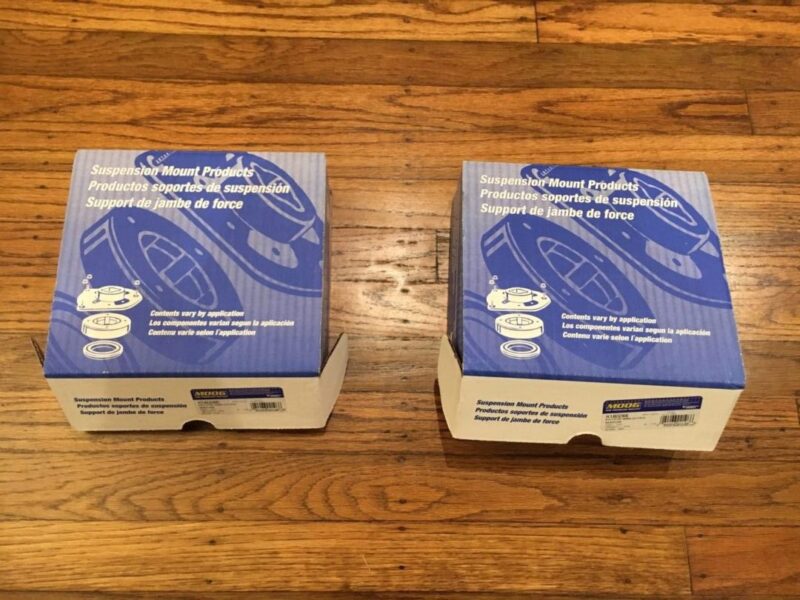
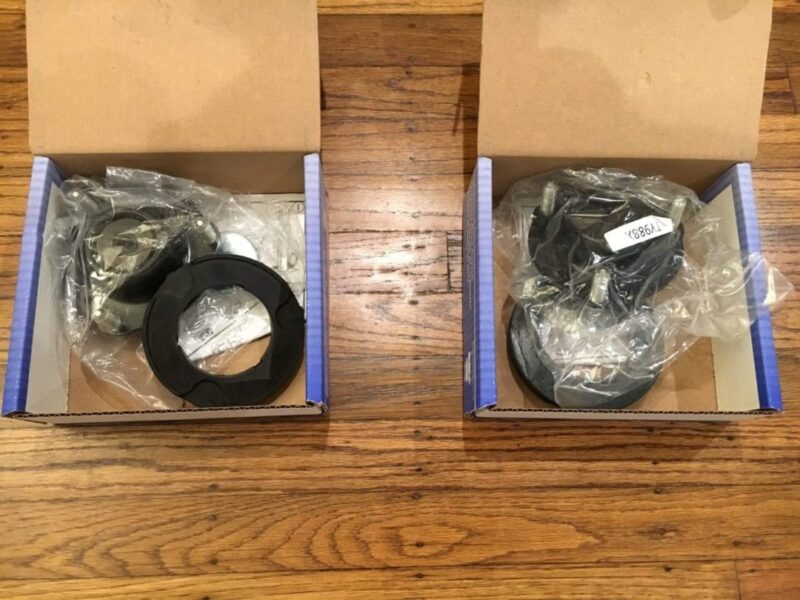
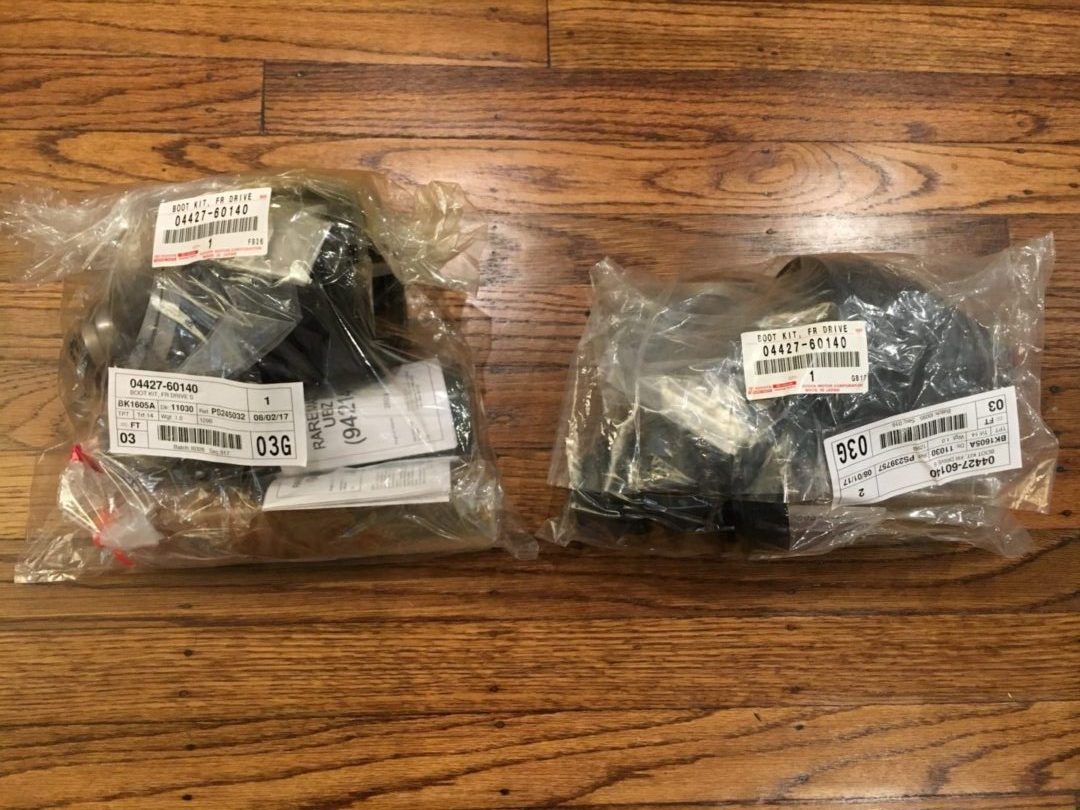
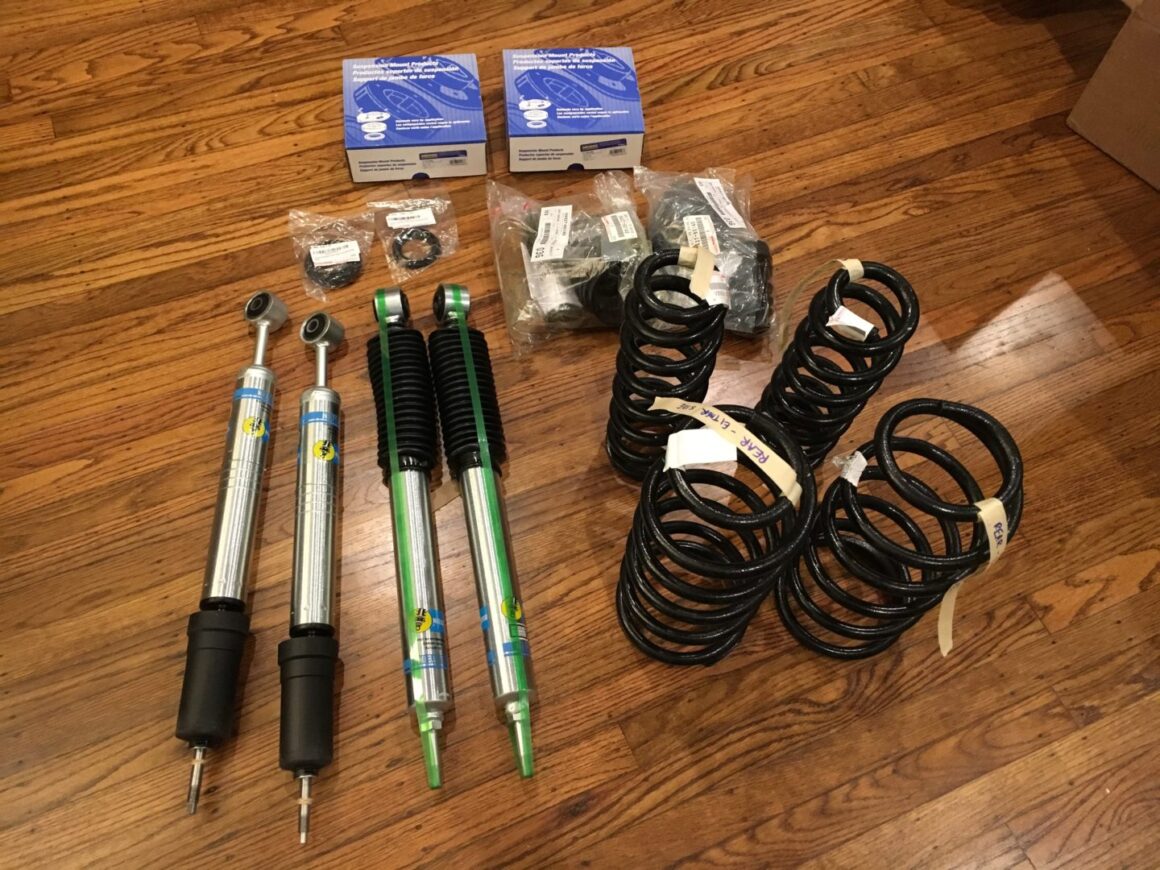
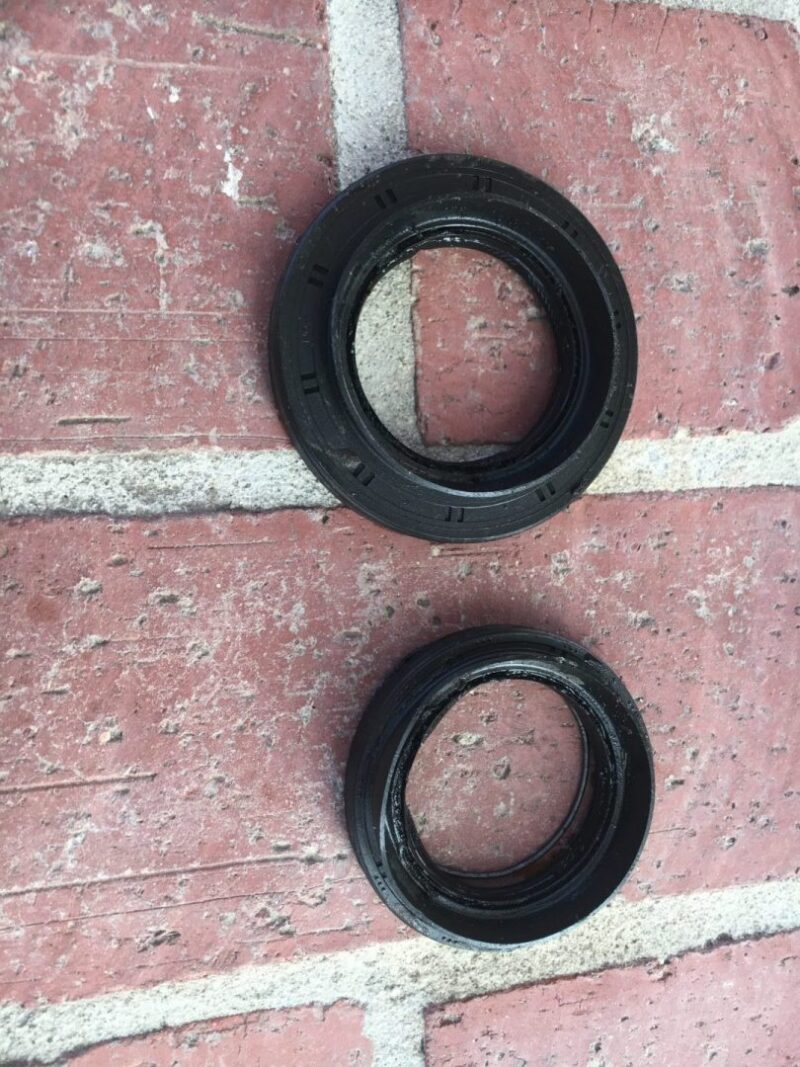
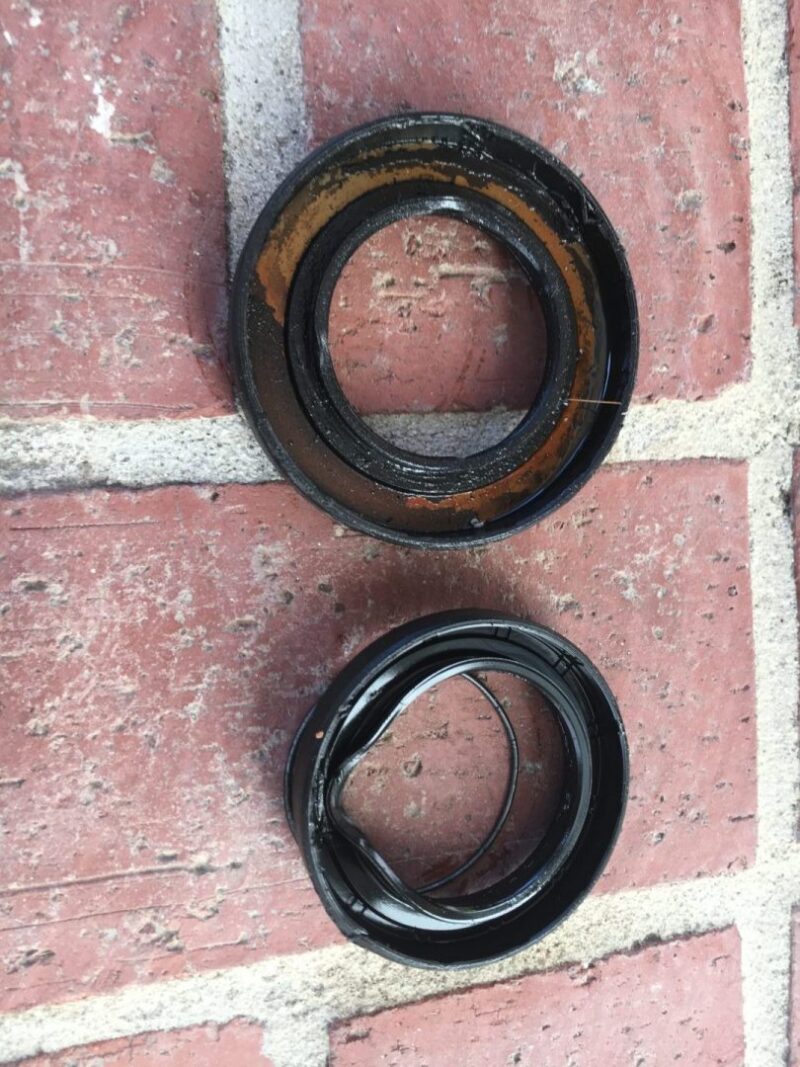
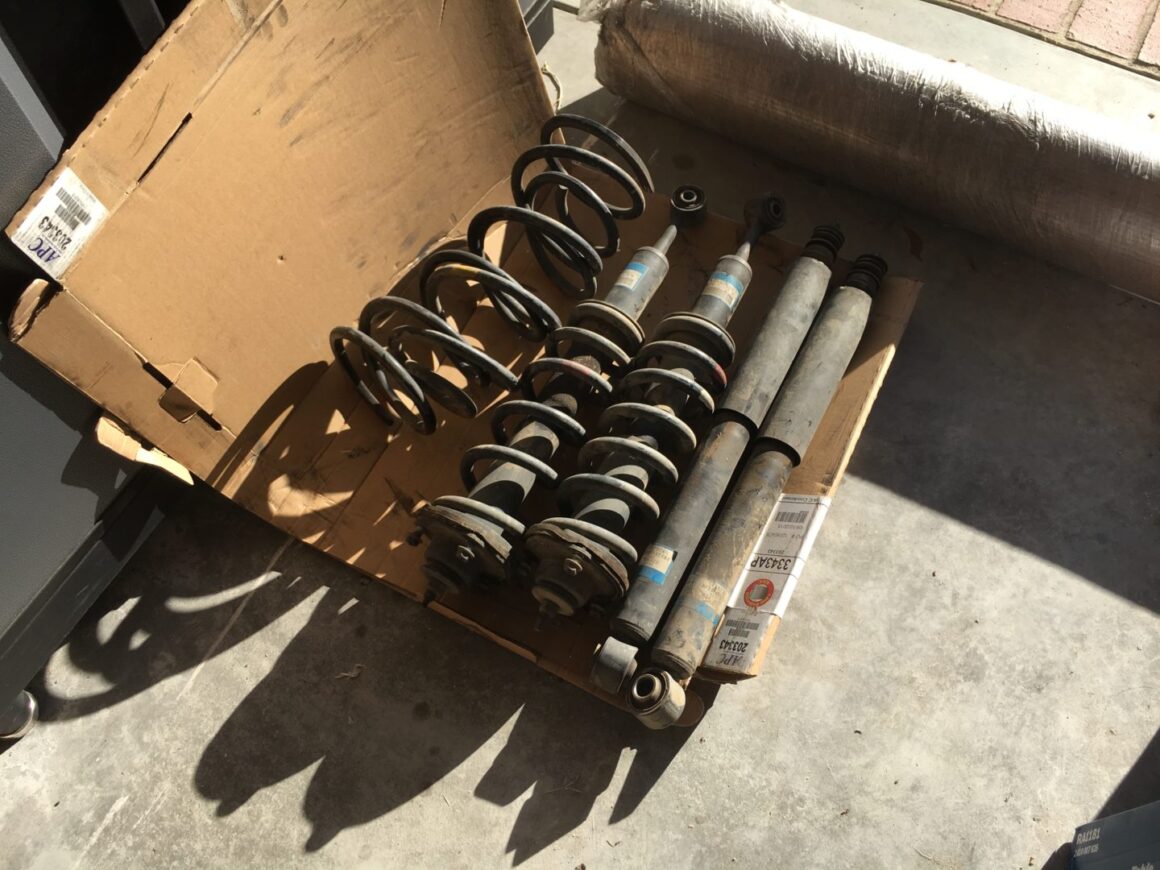
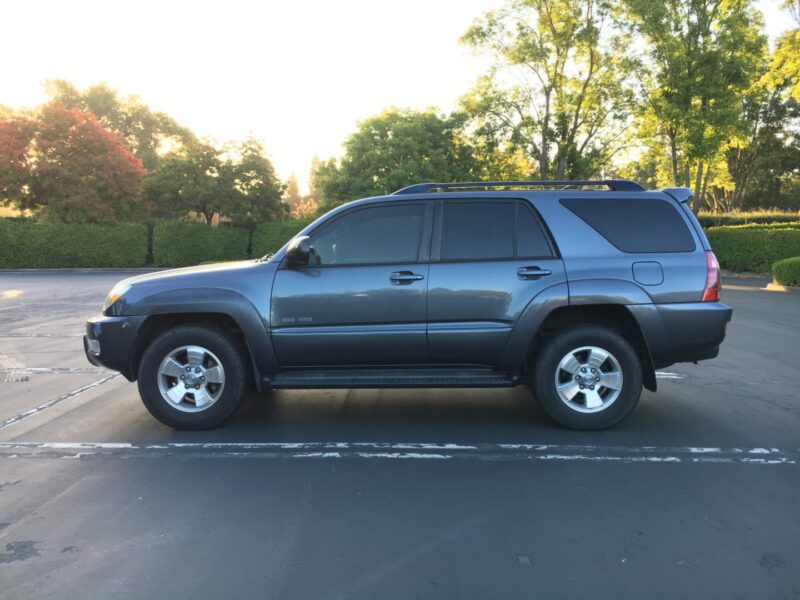
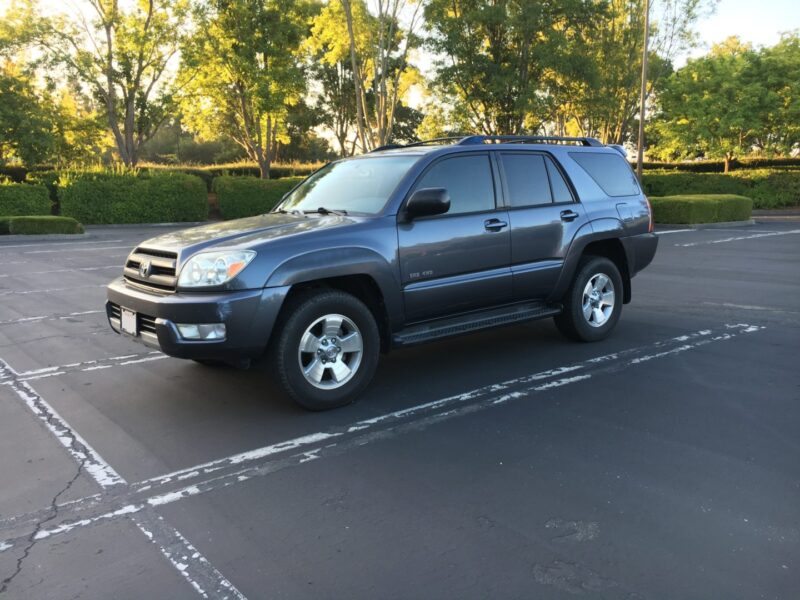
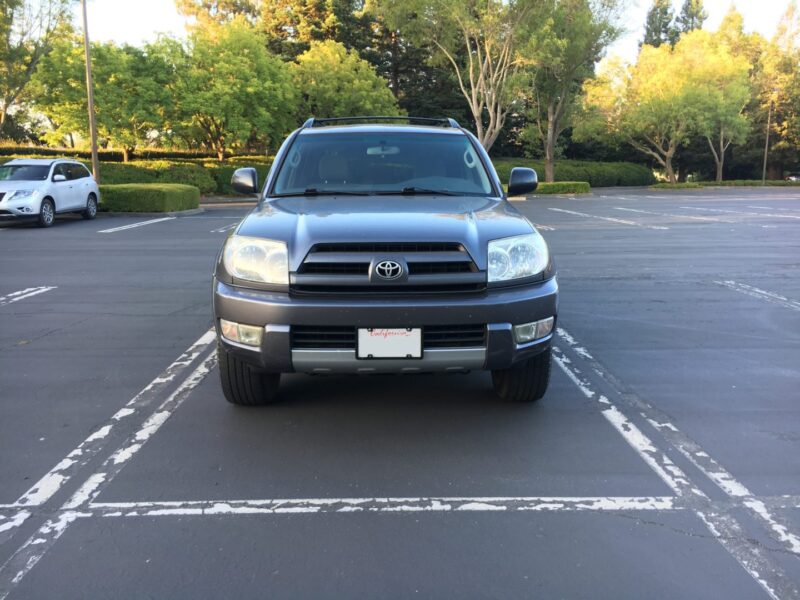
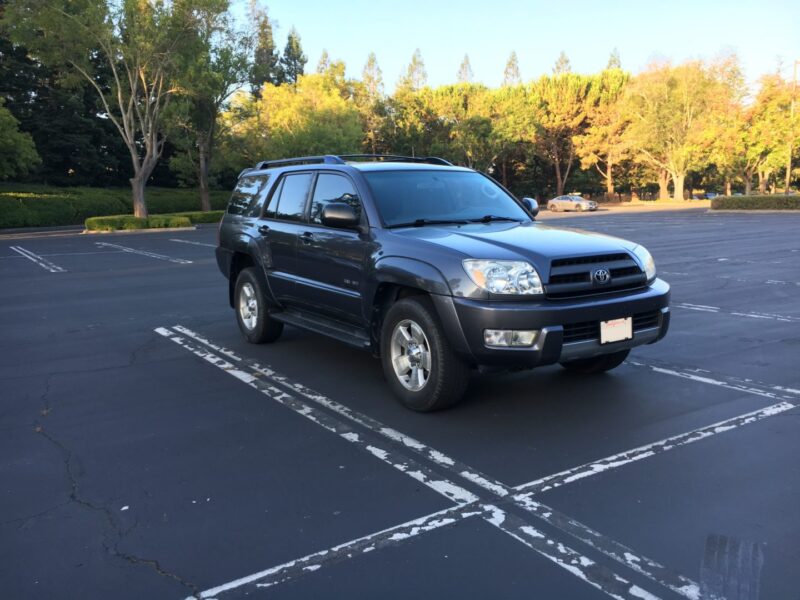

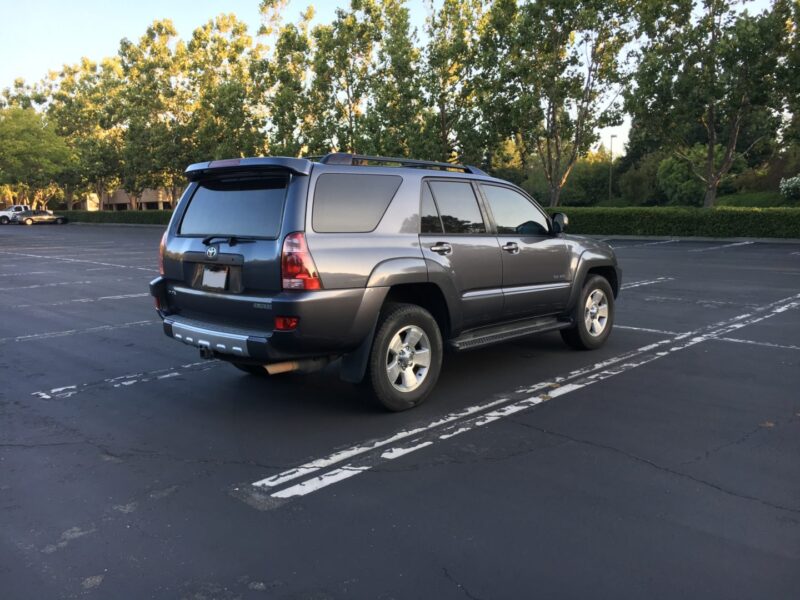

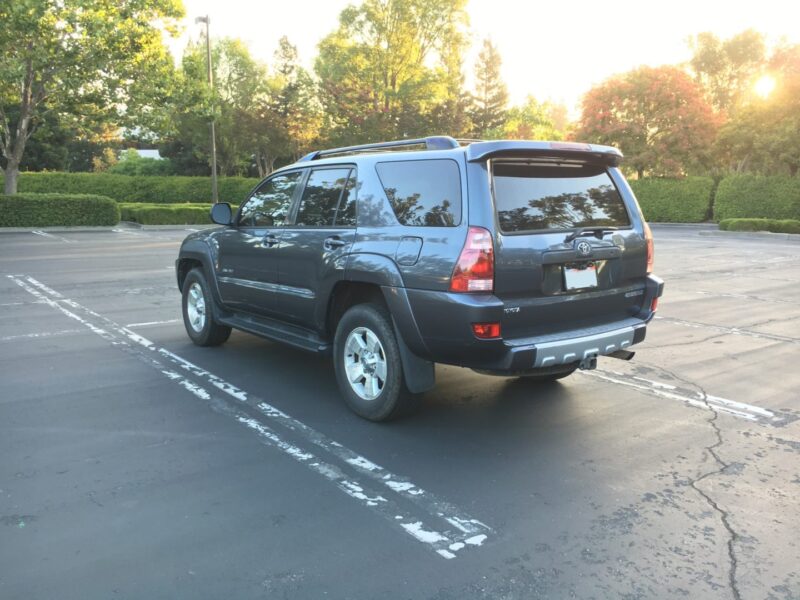
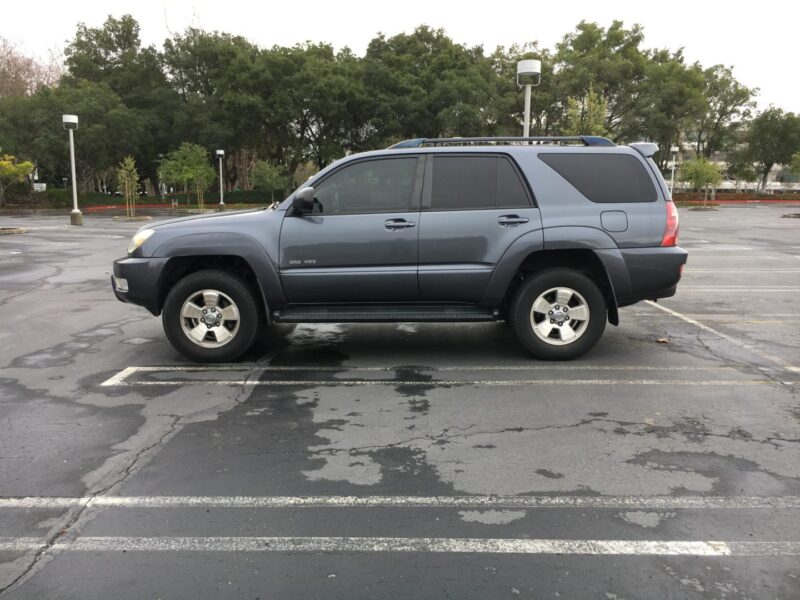
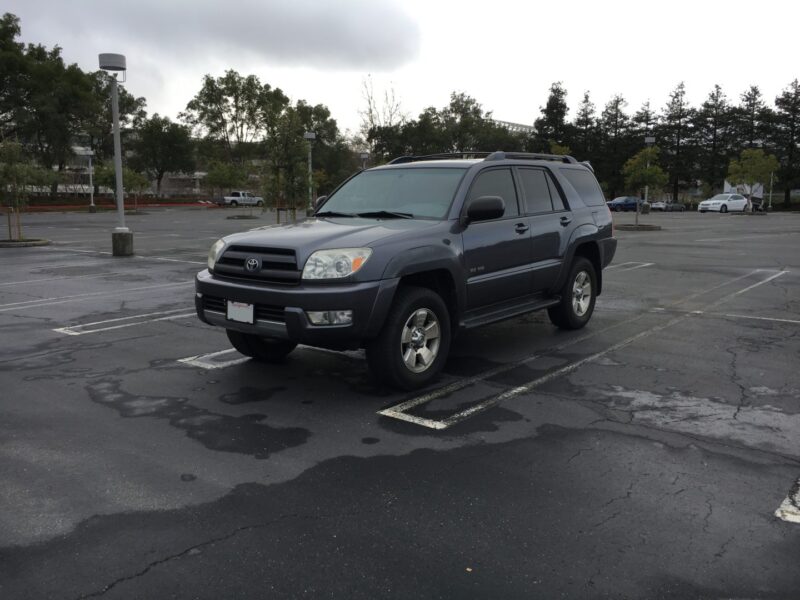
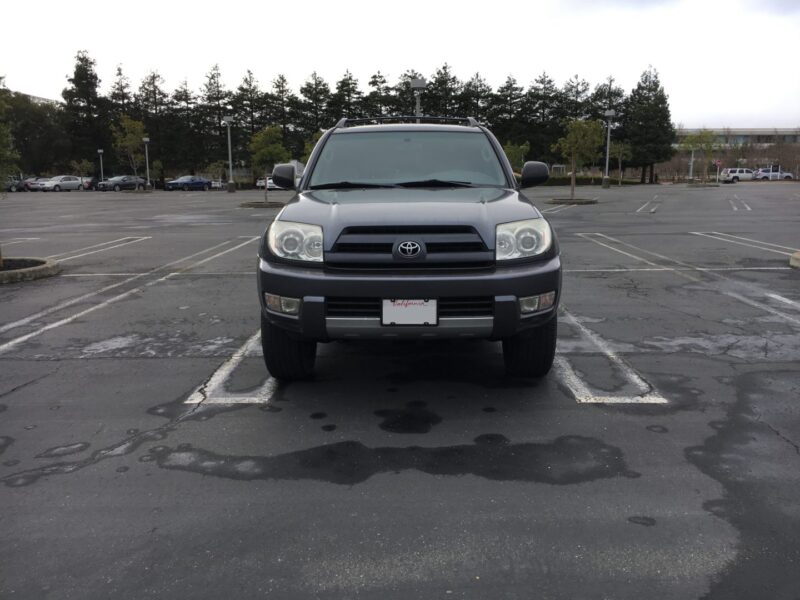
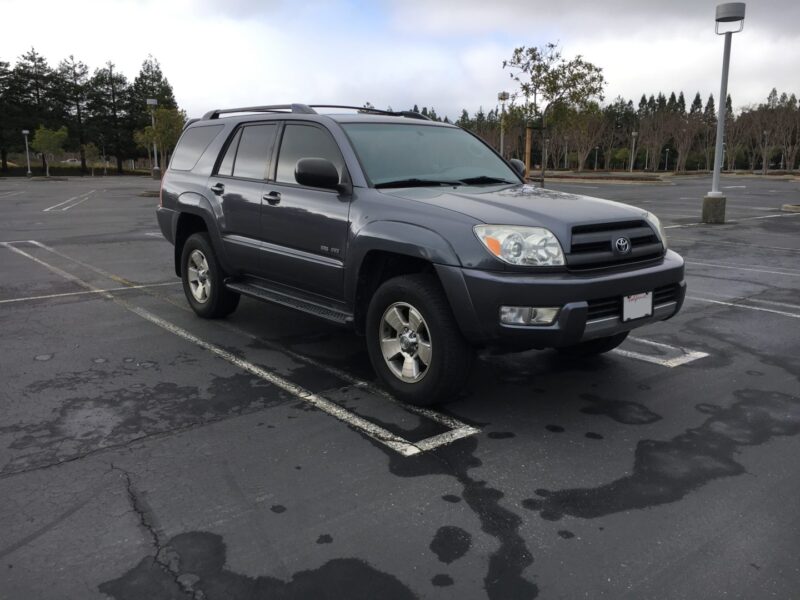
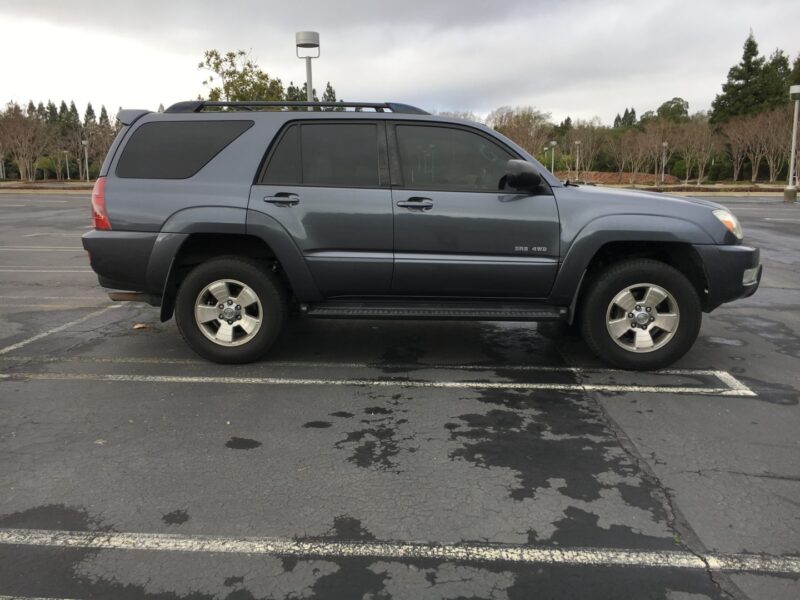
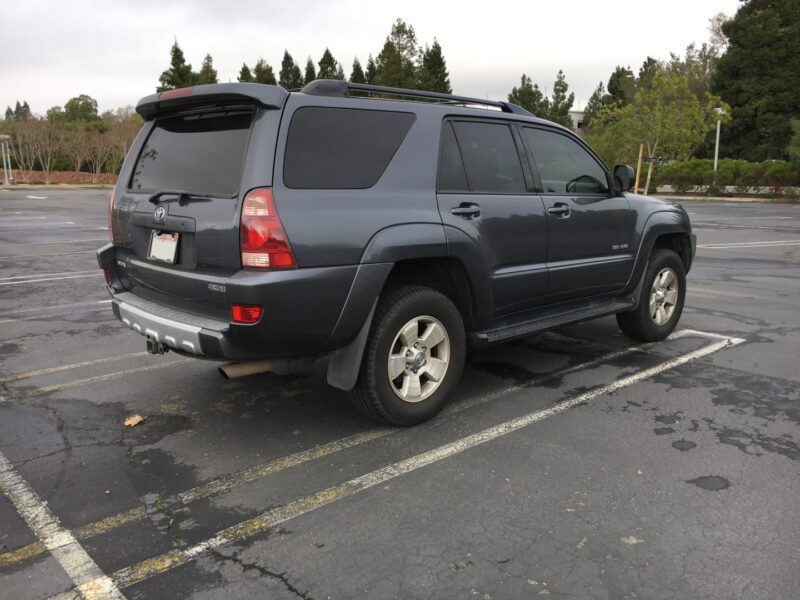
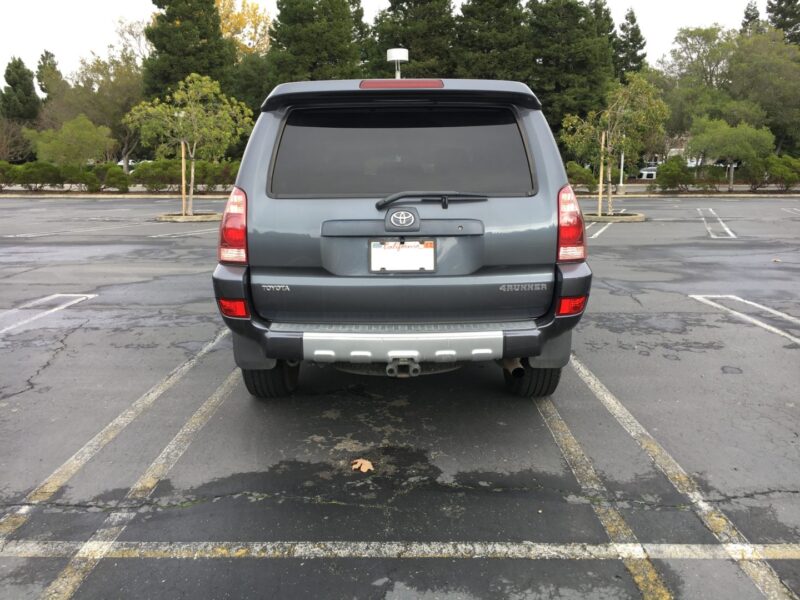
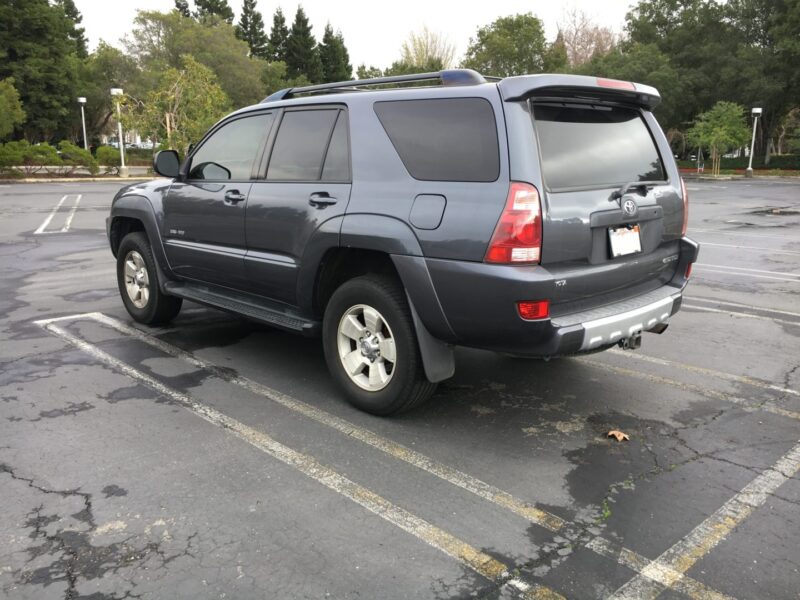
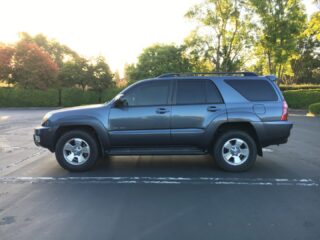
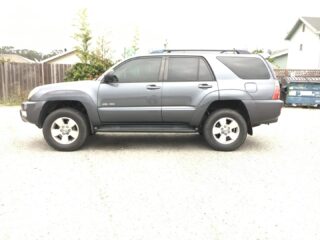
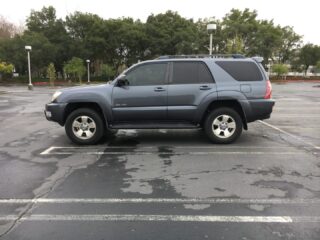
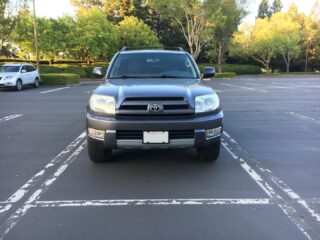
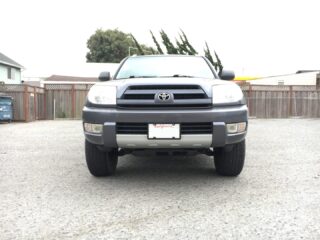
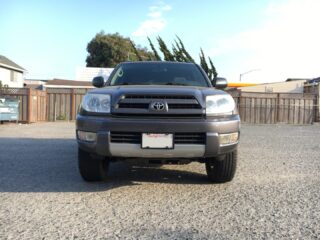
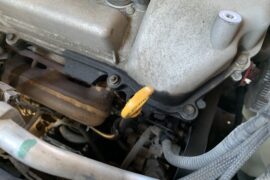
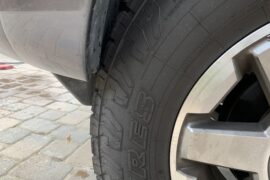

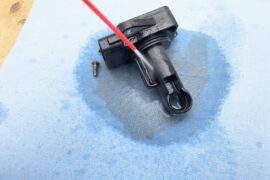
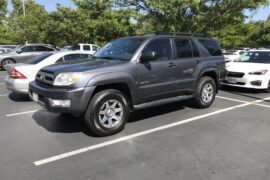
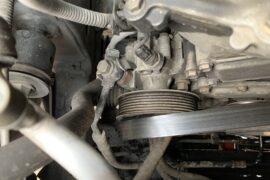
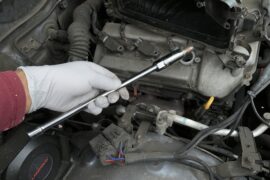
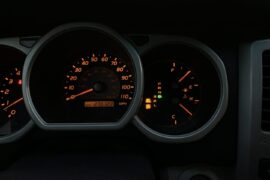
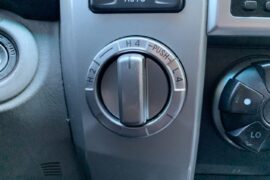
4 Comments
Hey! Curious about your thoughts on the ride quality of the 5100s and FJ Springs.
Thanks!
I’ve only had experience riding on the old and tired suspension so I only have that to compare to. It definitely stiffened up the ride, but still very comfortable to ride on. I’m really happy with the turnout as I still wanted comfort on my long commute. You’ll probably get more opinions on the forums for comparisons with other suspension setups.
I’ve heard good and bad things about the Moog springs and wondering how they are holding up for you after ~16 months of driving? I’m looking to replace the front springs with FJ’s to balance out the factory rake—as I still have a solid functioning XREAS and RAS—but heard the Moog’s were hit or miss.
The springs I went with were the OEM FJ springs, and they are still great after two years of driving. Unfortunately one of my rear OEM FJ springs was defective, so there’s a bit of a sag, so I bought a pair of Toytec Superflex rear springs as a replacement.
In regards to the Moog springs, I heard the same thing about the predictability of the lift height. That’s the reason why I chose to go with the OEM springs since I didn’t want to have to deal with the uncertainty of the height.